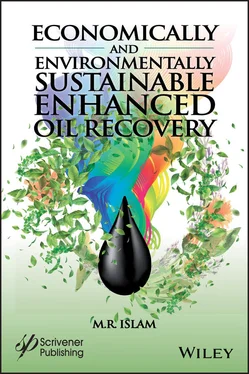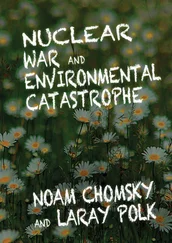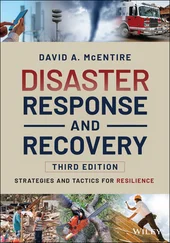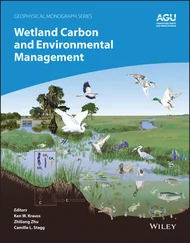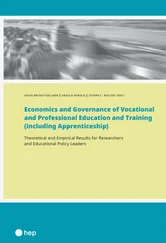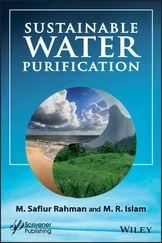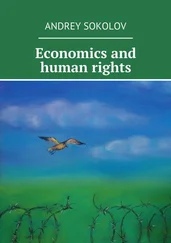1 ...8 9 10 12 13 14 ...27 However, as reported by Islam et al . (2010), Medieval era scientists were also refining oil for producing shoot-free light. During the fifth century AD, the famed writer, Zosimus of Panopolis, refers to the distilling of a divine water and panacea. Throughout the early Middle Ages and beyond, a basic form of distillation was known and was used primarily to prepare floral waters or distilled aromatic waters. These appear to have been used in perfumery, as digestive tonics, in cooking, and for trading.
Over 1000 years ago, Al-Rāzī (865-923), a Persian Muslim alchemist, wrote a book titled: Kitāb al-Asrār (Book of Secrets), in which he outlined a series of refining and material processing technologies (See Taylor, 2015 for the translation). Al-Rāzī developed a perfectly functioning distillation process. In this distillation process, he used naturally occurring chemicals. His stockroom was enriched with products of Persian mining and manufacturing, even with sal ammoniac, a Chinese discovery. These were all additives that he was using similar to the way catalysts are used today. His approach was fitting for his time, but way ahead of today’s concept of technology development. He avoided, the ‘intellectual approach’ (what has become known as mechanical approach ever since Newtonian era or New Science) in favour of causal or essential approach (what Khan and Islam, 2016, called the ‘science of intangibles’). Table 2.1 shows that the 389 procedures by Al-Rāzī can be divided into four basic types: primary, intermediate, reagent, and preparation methods. The 175 “primary” procedures involve transformation of metals into gold or silver. It is worth noting here that bulk of Newton’s unpublished work also involved transformation of metals into gold (Zatzman and Islam, 2007). The 127 preparatory procedures involve softening and calcination. Today, equivalent processes are called denaturing, in which the natural features of materials are rendered artificial. Al-Rāzī then adds 51 procedures for reagent preparations. The reagents are solvents and tinctures, which usually contain trace amount of heavy metals. It is similar to what is used today except that Al-Rāzī used natural sources. Table 2.1 further shows 36 instructions for commonly needed processes such as mixing or dissolving.
The procedure types include sublimation, calcination, softening whereas major sources are all natural (such as, quicksilver, sulfur, metals, stones). The calcination, sublimation and calcination themselves are also done through natural processes.
The dominant theme was all source materials are derived from plants, animals and minerals and used in their natural state. The knowledge of seven alchemical procedures and techniques involved: sublimation and condensation of mercury, precipitation of sulphur, and arsenic calcination of minerals (gold, silver, copper, lead, and iron), salts, glass, talc, shells, and waxing. In addition, the source of heat was fire.
Table 2.1Classification of the procedures use by Al-Razi in Book of Secrets.
| Type of procedure |
Purpose |
Count |
Percent |
Example |
| Primary |
Produces a substance that transforms metals into gold or silver |
175 |
45 |
Sublimation of mercury |
| Intermediate |
Prepares materials required for primary procedures |
127 |
33 |
Calcination of silver through burning |
| Reagent |
Produces a chemical used in other procedures |
51 |
13 |
Liquids that dissolve or create colours |
| Preparation |
Instructions for a method used in other procedures |
36 |
9 |
Mixing through pulverizing and roasting |
| Total |
|
389 |
100 |
|
Al-Rāzī gave methods and procedures of coloring a silver object to imitate gold (gold leafing) and the reverse technique of removing its color back to silver. Also described was gilding and silvering of other metals (alum, calcium salts, iron, copper, and tutty, all being processed in a furnace with real fire), as well as how colors will last for years without tarnishing or changing.
Al-Rāzī classified naturally occurring earthly minerals into six divisions (Rashed, 1996):
I. Four spirits ( Al-Arwāh , the plural of the Arabic word Rūh , which is best described in the Qur’an as an order of Allah):
1 mercury
2 sal ammoniac, NH4Cl
3 sulfur
4 arsenic sulphide (orpiment, As2S3 and realgar, As4S4 or AsS)
Even though this classification has been often referred to as ‘ghosts that roam around the earth’, this translation is ill-conceived and defies Qur’anic logic. Correct meaning is these materials are the source materials as in essence. In our previous work, we have called it the ‘intangible’ (Zatzman and Islam, 2007; Khan and Islam, 2012; Islam et al ., 2010; Islam et al ., 2015).
The above list is meaningful. Each of these materials bears some significance in terms of sustainability and human health. In today’s society, mercury is known to be a toxic material with adverse effects on the body and unanimously portrayed as a toxic chemical with long-term implication, it is one of those rare metals that had time-honoured applications even in the ancient society (Iqbal and Asmat, 2012). This unique heavy metal, which is less toxic in its elemental form than in its compound form, has enjoyed both industrial and medicinal applications throughout history (Wong, 2001).
From ancient times, the history of mercury has been connected with that of the medicine and chemistry (Block, 2001). Both sulphur and mercury are known to have been used in early civilizations in China, India and Egypt. Mercury has particular relevance to the history of science of both medicine and alchemy (Norn et al. , 2008). Both sulphur and mercury have been used as disinfectants. In post Roman Catholic Church (RCC) Europe, mercury was first introduced by Muslim physicians and it was first mentioned in European literature in 1140 by Matthaeus Platearius, who recommended its use for treatment of syphilis as well as for treatment of wound and others (Block, 2001). On the medicinal side, mercury, in both its elemental and compound forms, has been used throughout history as a microbiocide (Weber and Rutala, 2001). However, ancient times had used only natural processes for extracting mercury. In this context, Figure 2.3 Summarizes how metals act within human bodies. This figure is adapted from Islam et al . (2016), who used the bifurcation to demonstrate that natural chemicals act the opposite way from unnatural chemicals, and Weber and Rutala (2001), who did not distinguish between natural processing and unnatural processing, settling instead for ‘essential’ and ‘non-essential’ varieties. Islam et al . (2015) as well as Islam (2014) contended that every naturally occurring chemical is beneficial at some concentration, beyond which it becomes toxic (see the top graph in Figure 2.2) On the other hand, what is perceived as non-essential (as per Weber and Rutala, 2001, most heavy metals are non-essential although there is almost yearly discovery that these metals are also essential, albeit at a very small concentrations. The concept that unnatural metals, i.e., the ones processed through non-sustainable techniques is inherently toxic to the organism is new but it answers all the question regarding how toxicity functions within an organic body. As discussed by Islam and Khan (2018), the presence of artificially processed metal is akin to introducing a cancer cell that continues to wreck havoc to the organism.
Читать дальше
